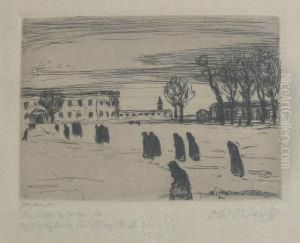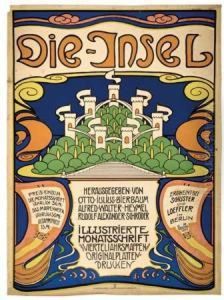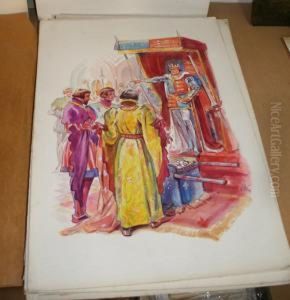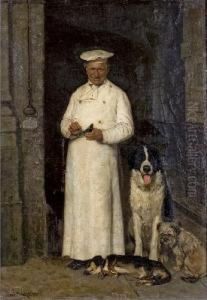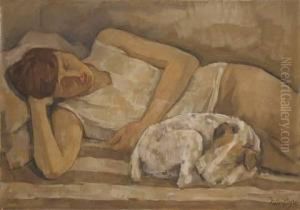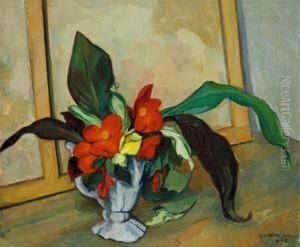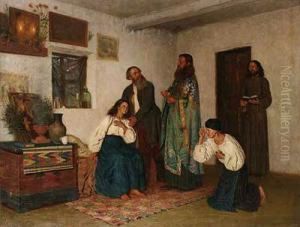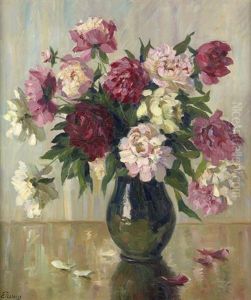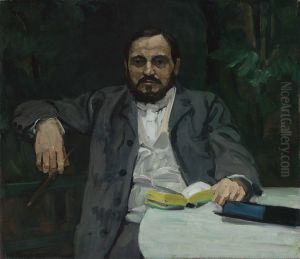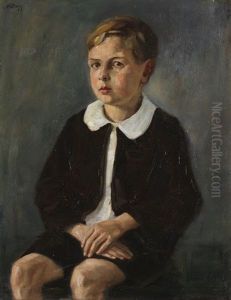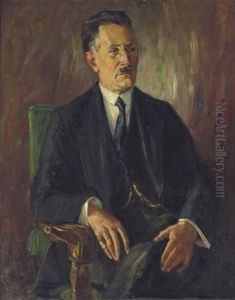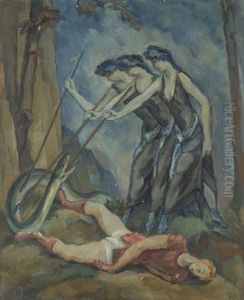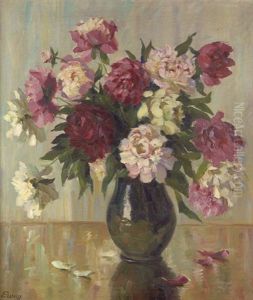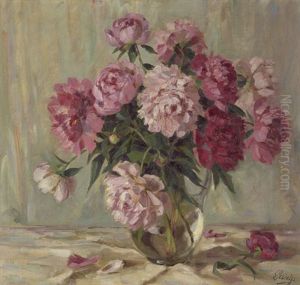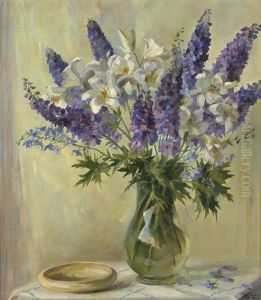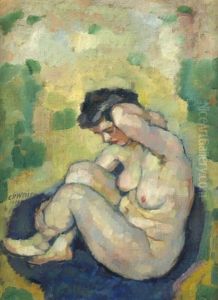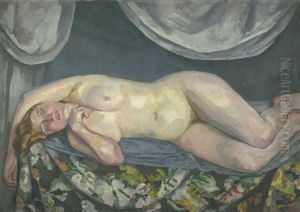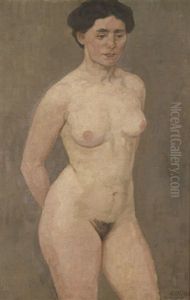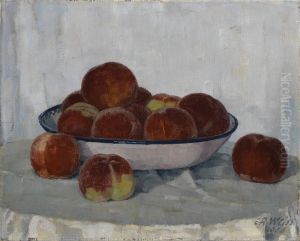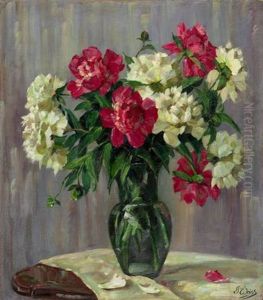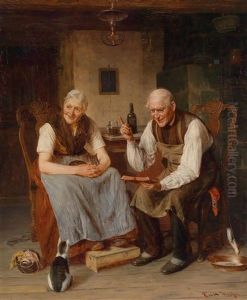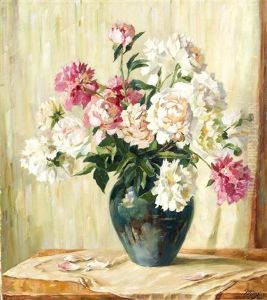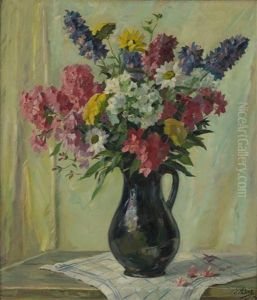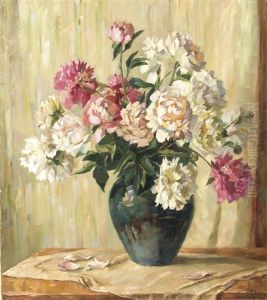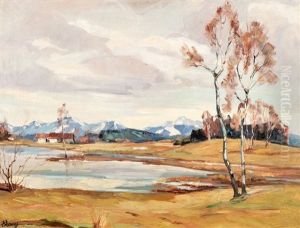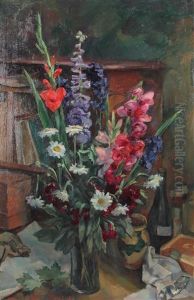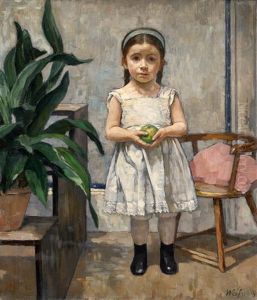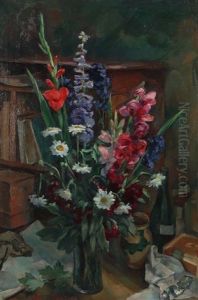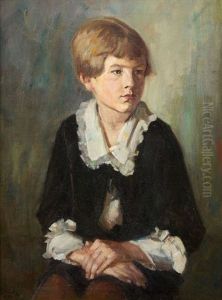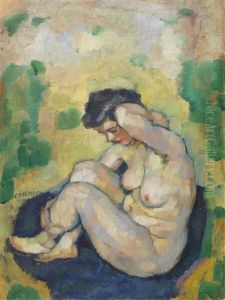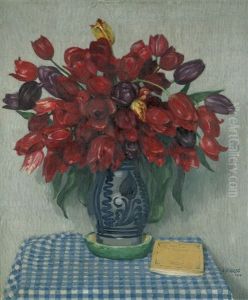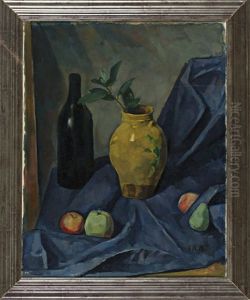Emil Rudolf Weiss Paintings
Emil Rudolf Weiss was a German graphic artist, painter, type designer, and calligrapher born on December 11, 1875, in Zittau, Germany. In the late 19th and early 20th centuries, Weiss became a prominent figure in the German arts community, known for his versatility and contributions to various fields of visual arts and design.
Weiss initially trained as a painter and studied at the Royal Academy of Fine Arts in Munich. His early work was influenced by Art Nouveau, a popular style at the turn of the century characterized by its intricate linear designs and flowing curves. As Weiss developed his artistic skills, he began to explore other mediums, including typography and calligraphy.
In the realm of typography, Weiss made a significant impact. He worked for the Bauer Type Foundry in Frankfurt, where he designed several typefaces that are still recognized today. Among his notable typeface designs are Weiss Antiqua, Weiss Initials, and Weiss Roman. These typefaces reflected his calligraphic skill and attention to detail, and they were widely used in books and other printed materials throughout the 20th century.
Beyond his typographic work, Weiss was also a book designer and illustrator. He integrated his typefaces into the books he designed, creating harmonious and aesthetically pleasing layouts. Weiss's approach to book design was comprehensive; he carefully considered every element, from the type and illustrations to the paper and binding.
During his career, Weiss became a member of several artistic societies, including the Berlin Secession. His work was exhibited in various galleries and museums, and he gained recognition for both his artistic and commercial contributions. Weiss's legacy is evident in the continued use of his typefaces and the influence he had on subsequent generations of graphic artists and type designers.
Emil Rudolf Weiss's life was tragically cut short by the events of World War II. He passed away on November 7, 1942, in Meersburg, Germany. Despite the challenges of the time, Weiss's work remained influential, and his contributions to art and design continue to be appreciated by artists, designers, and historians alike.
